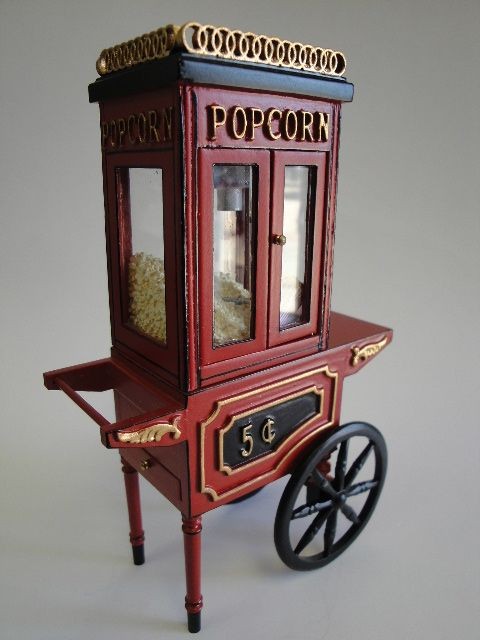
The Beginnings of Popcorn
Never has there been a more widespread, inexpensive, and nutritious snack than popcorn, with so many different ways to eat this snack.
Many may think of the Plymouth Colonies and the first Thanksgiving dinner and the discovery of popcorn at that time, however this popular idea is largely myth. In reality, the history of popcorn goes back much farther to over 3,500 years BC throughout the modern Mexico region.
Anywhere corn is found as a staple, we can find popcorn, which is perhaps one of the oldest foods found anywhere. Archeologists have carbon-dated popcorn, found in deep caves to nearly 6,000-years BC. Archeologists find relics as far back as 300 AD depicting popped kernels. Discovered through South and Central America, evidence of popcorn was heavily used mostly in Mexico, Guatemala, and Peru. Evidence also shows that this simple snack decorated headdresses, clothing, and ceremonial artifacts. Explorers found out about it through the Iroquois Indians in America. As populations of Indians and colonists moved throughout America, they took their popcorn with them.
As far as America goes, it is likely that this snack was given to French explorers by the Iroquois tribes, who had been popping the tough kernels in their pottery. By the mid-1800s, the love of this snack spread as quickly as the kernels popped throughout the Eastern states and Canada. By the time that the first machine was created in 1890, the snack began to take off rapidly in popularity. A few years later, the first popcorn wagon was born.
Moving into Fairgrounds
Inventors continued to expand on the first popcorn machine, so that during the late 1800s the device could also butter and salt it. With this advancement, the larger commercial popcorn machines came on the scene at fairgrounds across America. Fairgrounds were not the only place to sell this delicious snack. Theaters caught on to the craze by setting large commercial machines in their lobby. Patrons could buy the best, buttery popcorn to nibble on while watching a live show. Big Buster and Little Buster were the very first brands in the marketplace.
In the early 1900s, corn became a precious commodity to farmers, especially corn used for popping. The difficult years of farming assured farmers that the commodity helped them get through the lean years. A crop yielding poppable corn was and continues to be a valuable and golden asset to the farmer.
Popcorn was so famous that inventors got to work on developing the larger-scale machine. People could roll their popcorn machines through crowds such as found at fairgrounds. This went beyond the days of popping corn over an open flame. These machines heated oil, and the corn was added. Popcorn was made on large scales and sold to bags in crowds. The years that followed saw smaller machines that consumers could use in their homes.

Movement into Home Popping
Manufacturers had to introduce and make available popcorn that consumers could pop at home. As our electronic industry evolved, kitchen appliances developed in the marketplace, such as the microwave, followed by introducing microwave versions in the early 1980s. There was a time where attendance at movie theaters dwindled due to the invention of television. This meant that the sale at theaters decreased significantly because people were enthralled with the television.
The introduction in homes across America once again grew to enormous sales. So, where do distribution centers, brokers, theaters, and distributors go to buy large quantities of quality popcorn? Farmers dealing with this product must know their product to be at the top of the most delicious, popped corn list. This is sold directly from the farm, and there are no middlemen. The product must be tasty and fresh, making all the difference in excellence and perfecting the product.
The advent of the microwave oven in homes soon saw a new product on the marketplace, microwave popcorn. Many homes across America lovers of this old movie favorite, thanks to the General Mills Company. Popcorn became a favorite of adults and children of all age groups, except babies, of course.
American enthusiasts improved the flavor, style, and variety of this beloved snack throughout the years. The benefits of buying it are that it is inexpensive, nutritious, easy to prepare, and has hundreds of different seasonings. Culinary experts incorporated this as a delicious snack and dessert recipe.
High-Quality Popcorn Kernels
Popcorn is one of America’s most beloved snacks and has been enjoyed worldwide for thousands of years. Perhaps the world’s oldest snack food is easy to cook and can be seasoned in hundreds of ways.
Shumway Farms is an 8th generation family farm owned and operated since 1856. Our company grows corn for the popcorn industry. Farmers must know their product to be quality, best-tasting corn anywhere. This must be prepared for individual consumer sales and bulk amounts sold to companies across America and internationally. When customers keep coming back for products, we know that our product is the most loved and popular brand.
